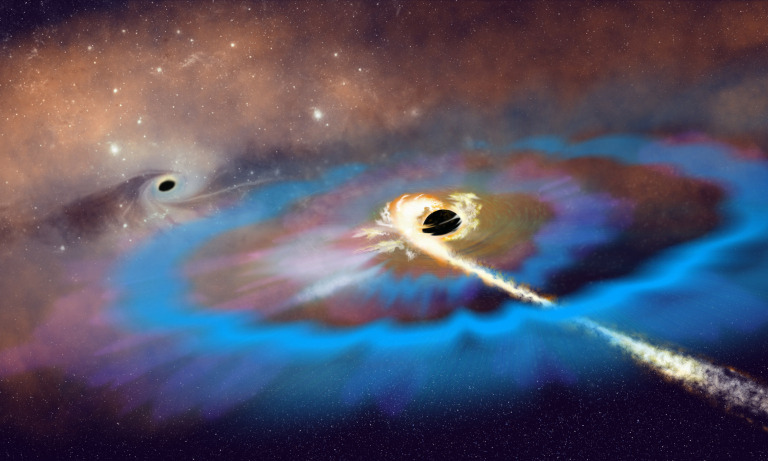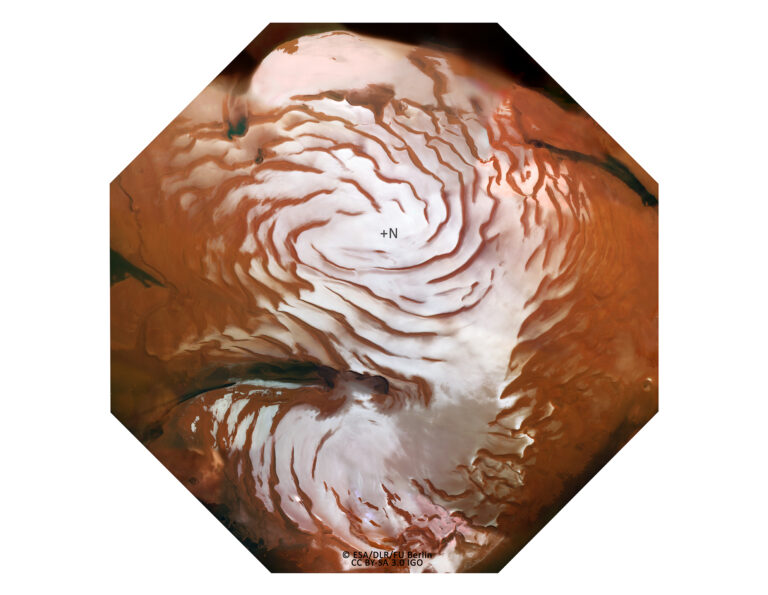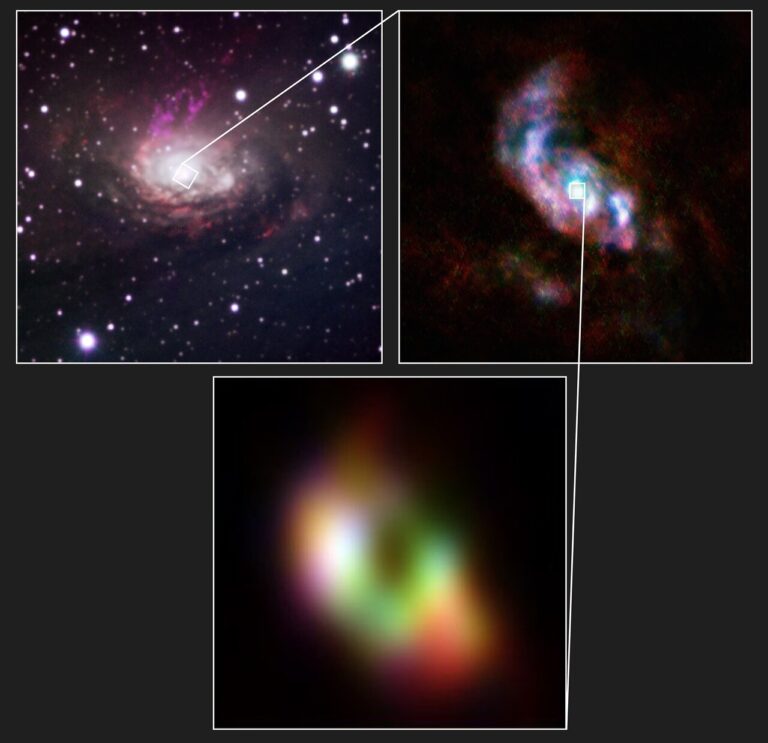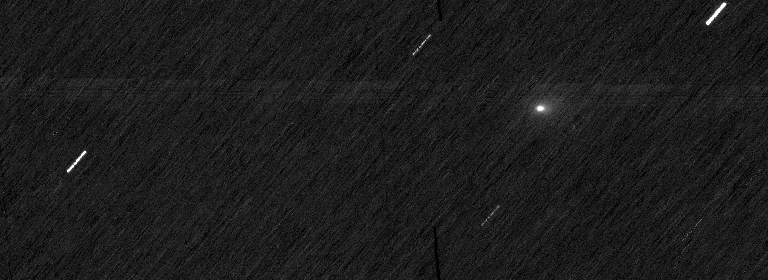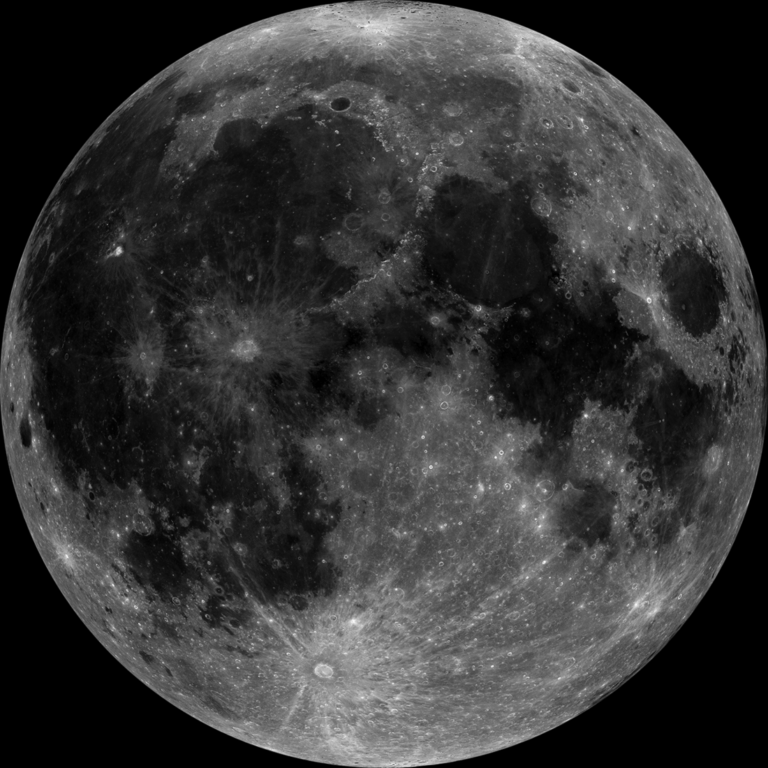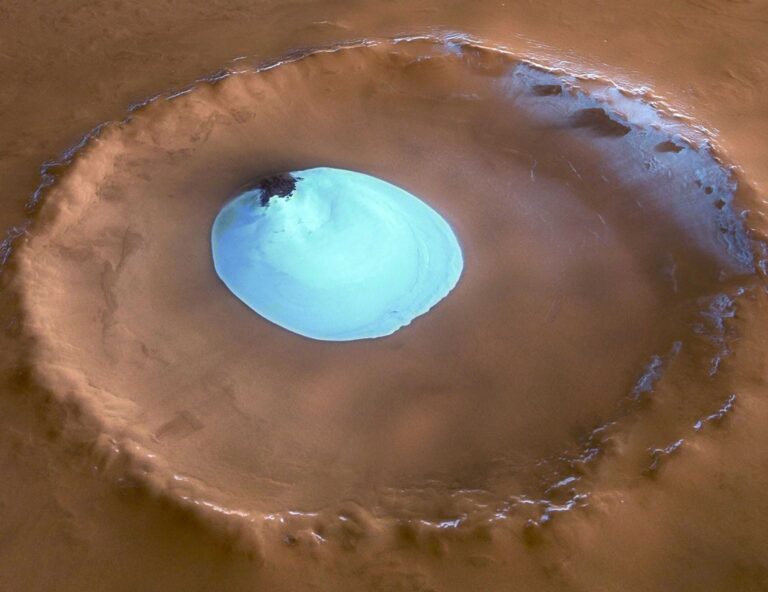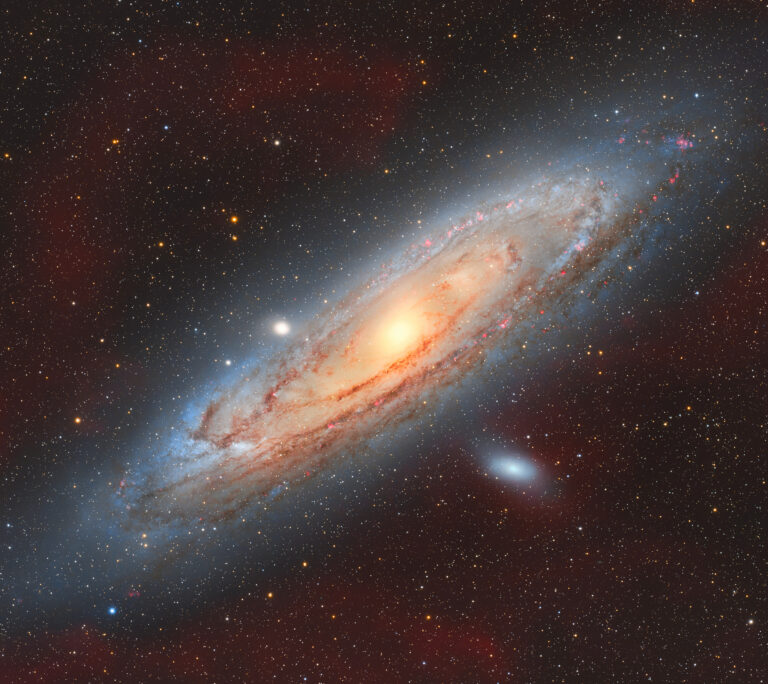Key Takeaways:
- The summer solstice (June 21st) coincides with the Sun's highest point in the sky and a low lunar altitude for a waxing gibbous Moon.
- The Moon reaches its lowest peak altitude in June on the 26th, during the Full Moon phase.
- The Full Moon attains its highest altitude in the Northern Hemisphere's winter.
- Annual variations in the Moon's altitude are attributed to orbital changes relative to the horizon and the Moon's position within its orbit.
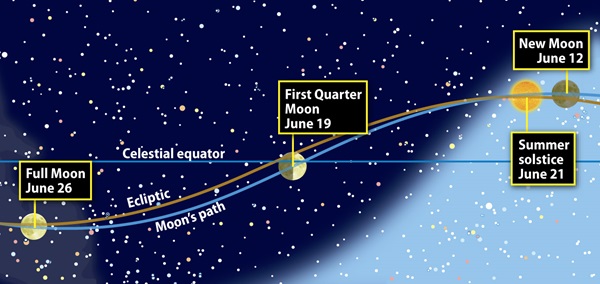
The Sun is at its highest point on the summer solstice (June 21), and on this date the waxing gibbous Moon appears low in the sky. Luna’s lowest peak altitude in June occurs at Full Moon June 26. The Full Moon’s highest point in the sky occurs in northern winter.
Astronomy: Roen Kelly
The Moon’s altitude in the night sky changes during the year for two reasons: Our satellite’s orbit changes relative to your horizon, and its position along this orbit changes.

